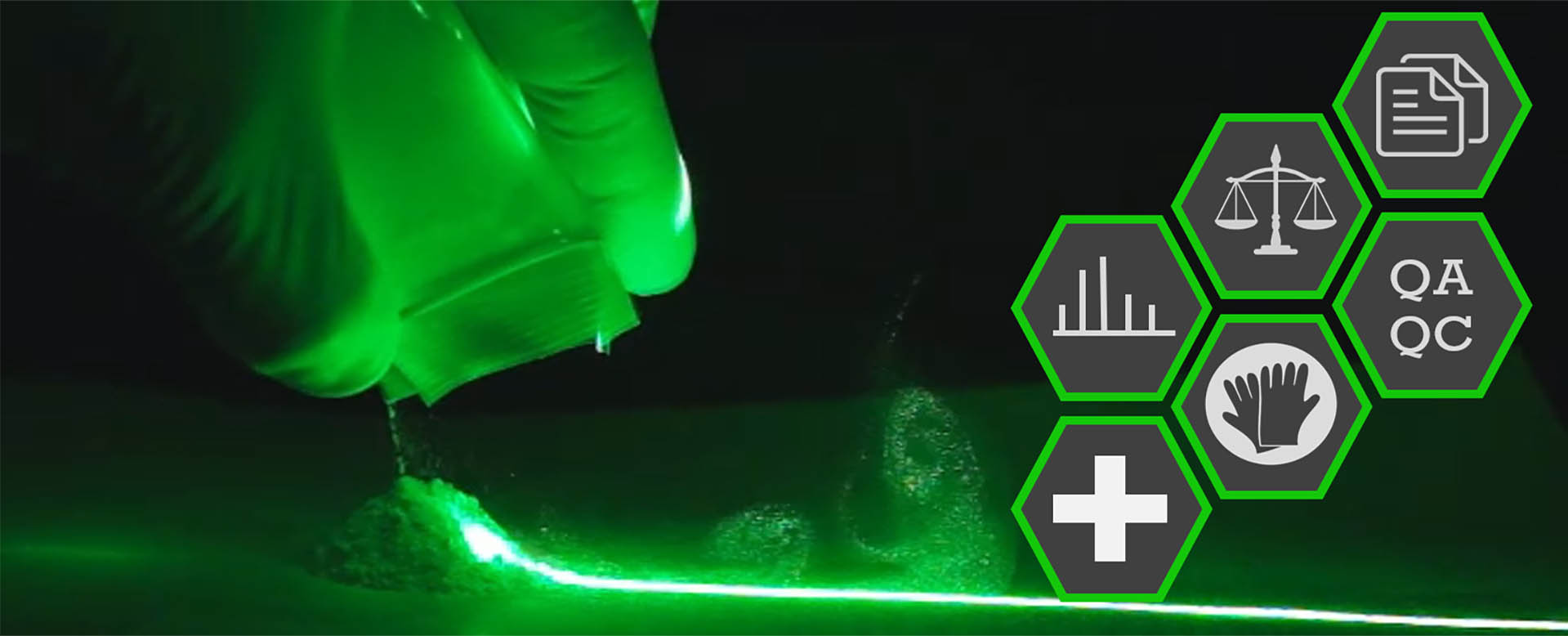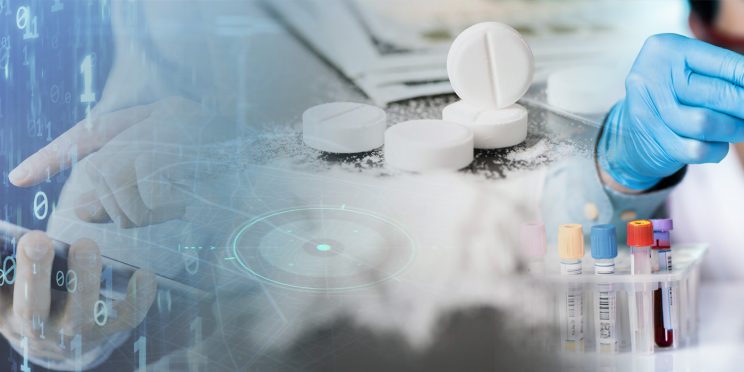This webinar originally occurred on August 13, 2019
Duration: 2 hours
Overview
As drugs become increasingly potent and analytical instrumentation becomes more sensitive, the need to understand and monitor drug background levels is becoming imperative. Background monitoring is commonplace in many other industries but has been largely overlooked in forensic laboratories. This webinar will present results based on a NIST-led, multi-agency collaboration focused on establishing drug background levels in forensic laboratories and understanding the implications for data quality, data integrity, and occupational health and safety.
This webinar will cover the results and interpretation of the multi-laboratory background study, as well as additional studies that have begun to address questions arising from processes that contribute to drug background. Additional topics will include ensuring data quality, developing ways to reduce background, and strategies for self-monitoring. The foundational study for this work quantitatively and qualitatively measured over 700 background wipes from 20 laboratories throughout the country, which provided insight into the level of background in different surfaces and sections within the laboratory.
Discussion of ongoing efforts will also be presented. These efforts include identifying processes that contribute to higher background levels – such as net weights, crushing pills, and opening evidence – through visualization and quantification of the individual processes. Results of these visualization studies will be presented, as well as potential pathways to minimize these factors. These studies have looked to quantify instrument sensitivity and reporting limits for traditional and novel instrumentation. Later, the ability to use existing analytical tools and low-cost options for self-monitoring will be presented.
Another important component of this work is understanding the potential occupational health and safety impact on the analyst. A discussion of ways to reduce the risk of exposure to the analyst and strategies to maximize analyst safety will take place. The final component of the webinar will highlight ways to reduce background levels through effect to quantify the cleaning process and establish optimal cleaning parameters.
Detailed Learning Objectives
- Appreciate the quantity, common locations, trends, and processes that contribute to drug background levels in forensic laboratories.
- Gain insight into how to determine the impact of drug background on data integrity and data quality.
- Understand the implications of drug background on analyst health, strategies for completing a safer analysis, and how to better clean and monitor background.
Presenters
- Edward Sisco | Research Chemist at the National Institute of Standards and Technology
- Marcela Najarro | Research Chemist in the Surface and Trace Chemical Analysis Group
- Amber Burns | Forensic Chemistry Manager with the Maryland State Police Forensic Sciences Division
- Robert Kirkby |Health and Safety Officer for the Michigan State Police, Forensic Science Division
Funding for this Forensic Technology Center of Excellence webinar has been provided by the National Institute of Justice, Office of Justice Programs, U.S. Department of Justice.
The opinions, findings, and conclusions or recommendations expressed in this webinar are those of the presenter(s) and do not necessarily reflect those of the U.S. Department of Justice.
Contact us at ForensicCOE@rti.org with any questions and subscribe to our newsletter for notifications.




